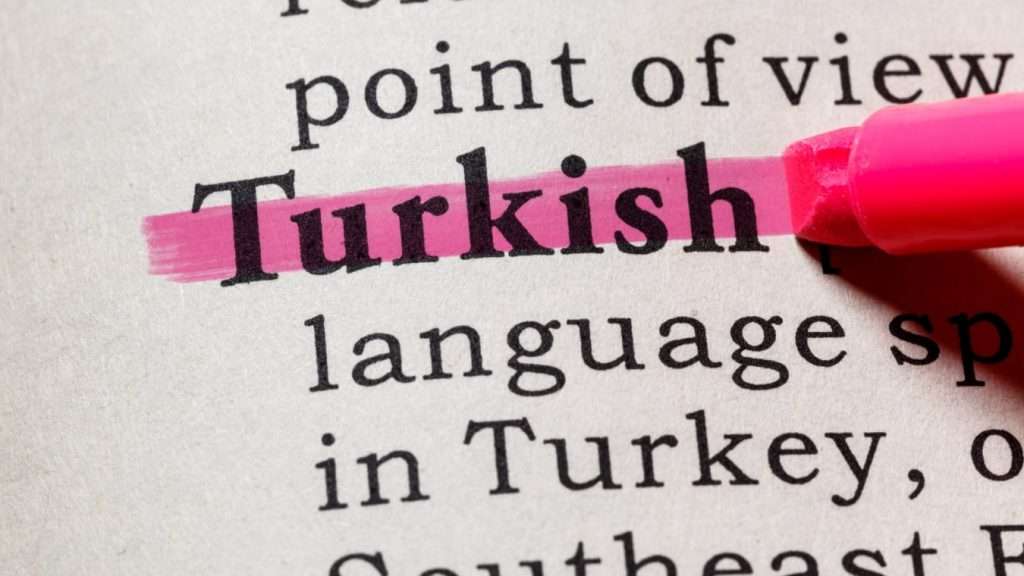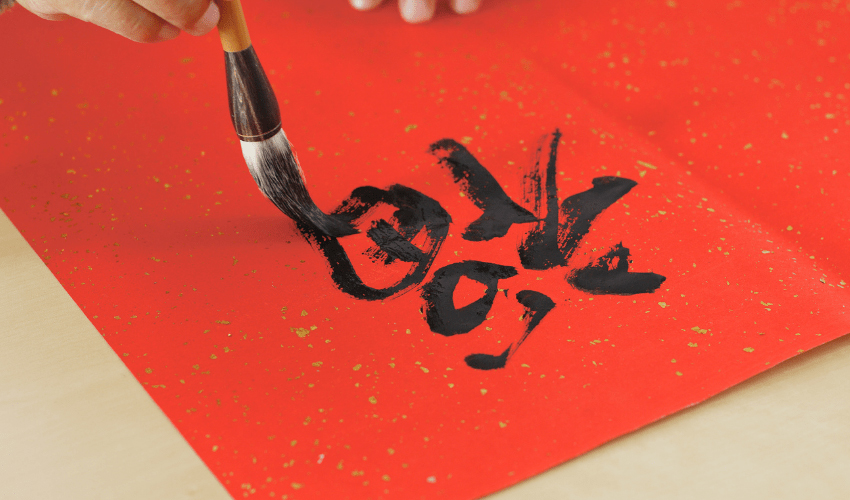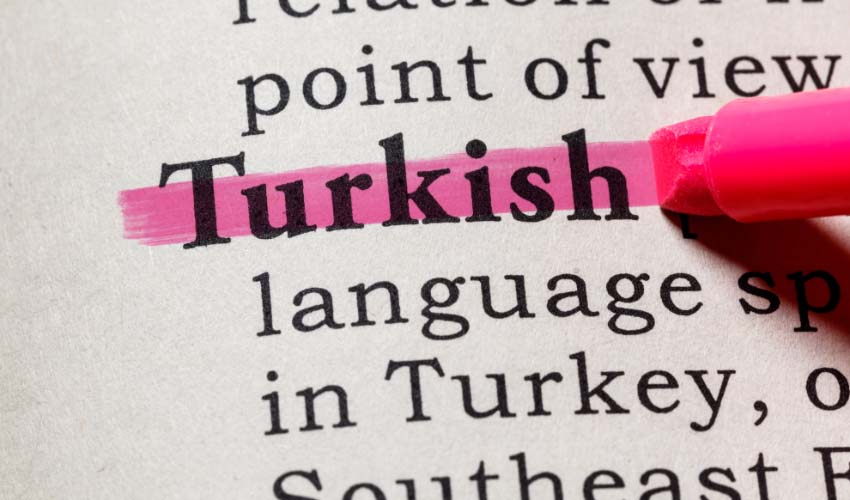Turkish, , is known as an agglutinative language belonging to the Turkic languages family. It is generally spoken in the Southeastern Europe and the Western Asia. Turkish, known as the Western Oghuz language from the group of the Oghuz languages, which is a member of the Turkic languages family, also constitutes the continuation of Ottoman Turkish.
The geography, where Turkish is spoken, in general terms is known as particularly Turkey, and the Balkans, Cyprus and within the borders of the former Ottoman Empire located in the Middle East. It is known that there are approximately 100,000 Turkish speaking people in the world, placing Turkish among the top 20 most spoken languages. With a national official language status in Turkey, the Republic of Cyprus and Northern Cyprus, Turkish, language should have been a language officially recognized by the European Union as well, as it was considered an official language essentially according to the provisions of the Constitution of Cyprus of 1960. However, for political reasons that are still inexplicable, Turkish is not accepted as an official language in the European Union.
Grammatical Features of Turkish
Turkish has common grammatical features with many Turkic languages. Examples include features such as agglutinative structure of words and vowel harmony. It has a sequence such as “subject-object-predicate” as sentence structure. However, it is also accepted as one of the most flexible languages worldwide in terms of syntax. For example, with a sentence as “Kaplan avcıyı öldürdü” (“The tiger killed the hunter”), as it is seen from the variety of sentences below created with the exact same words, different meanings can be captured with many intonations and syntax, although they express the same judgment:
-
“Kaplan öldürdü avcıyı”
“Avcıyı kaplan öldürdü”
“Avcıyı öldürdü kaplan”
“Öldürdü kaplan avcıyı”
“Öldürdü avcıyı kaplan”
Loanwords in Turkish
-
Turkish is a language influenced by many languages in terms of its vocabulary features. There are vocabularies borrowed from foreign languages such as Latin, Persian, French, English, and particularly Arabic. In addition, there is no grammar rule indicating masculine/feminine forms in Turkish, as opposed to some languages such as German. According to the current Turkish dictionary issued by the Turkish Language Association, 14% of the words in Turkish are those taken from different languages such as Persian, French, Greek, and particularly Arabic, while 86% of them are of Turkish origin.
-
The standard form of Turkey Turkish is known as Istanbul Turkish (also known as "Laleli Turkish"). The written Turkish language is based on this dialect. In addition, there are various dialects of Turkish in the Middle East and Southeastern Europe. These dialects have different kinds of sound differences compared to Istanbul Turkish. In 1928, since the letter revolution carried out by the great leader Mustafa Kemal Atatürk, the Latin alphabet started to be used and these dialects and dialects started to be pronounced in accordance with the alphabet.
A a (Â â), B b, C c, Ç ç, D ç, D d, E e, F f, G g, ğ, H h, I ı, i, J j, K k, L l, M m, N n, O o o, Ö ö, P p, [Q q q], R r, S s, Ş Ş, T t, U u (Û û), Ü ü, V v, [W w], [X x], Y y, Z z










